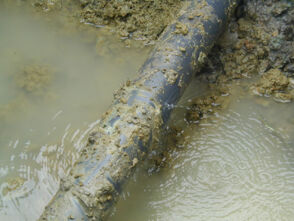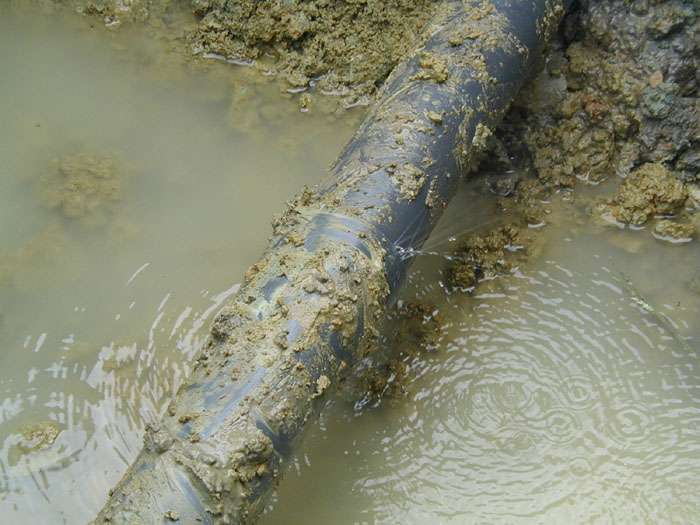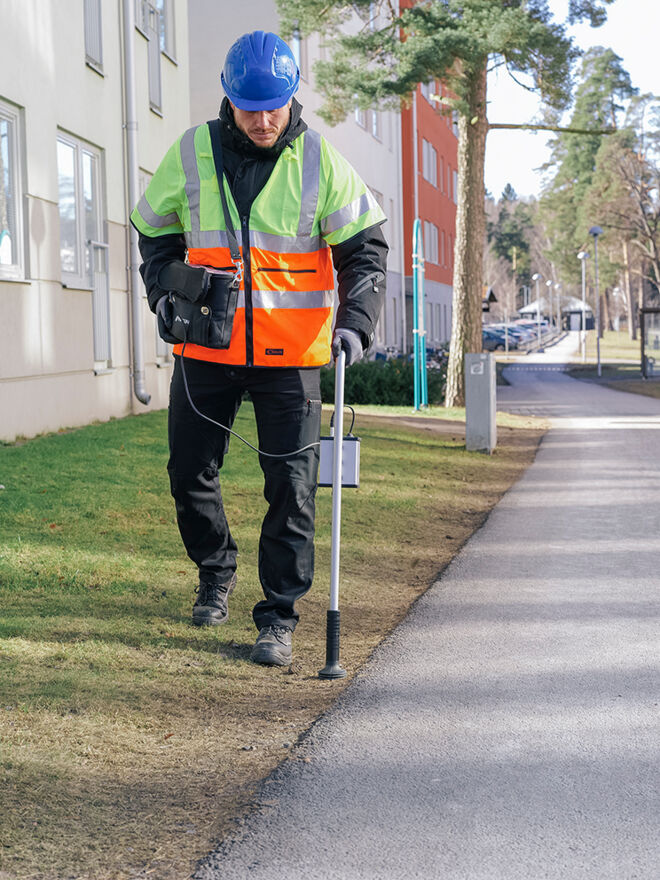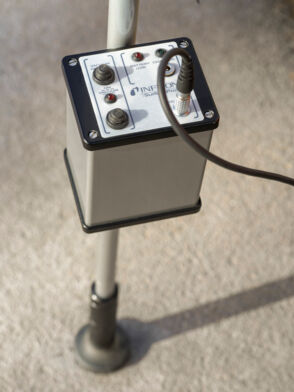Find Hidden Water Leaks Fast
Water line leak detection

Access to clean water and sanitation is one of the United Nations’ goals for sustainable development. Leaking water pipes are a major concern in many areas. Undetected leaks can result in water waste, financial losses and inconvenience to connected customers. By promptly identifying and repairing leaks, you can significantly reduce waste, prevent damages and have a positive economic and environmental impact.


Several methods are used to locate leaks on water distribution systems, each with its own advantages and limitations. The choice of the method depends on factors such as the type of pipe, the water pressure, the expected location of the leak, the area to be inspected and the resources available. Traditional technologies for leak location include acoustic leak detection methods, visual inspection, thermal imaging and the use of ground penetrating radars. While there are several methods available, not all of them are suitable for all situations.
Locating leaks in very deep pipes can be difficult. Loud background noise can interfere with the detection of acoustic signals, and most of the technologies used are not sensitive enough to detect small leaks. Professional leak detection services typically use a combination of these technologies to effectively locate and repair water pipe leaks.
Locating water leaks with hydrogen
Injecting a mixture of 95% nitrogen and 5% hydrogen into the system suspected of leaking is one of the methods used today. Hydrogen gas has a extraordinary ability to escape through the smallest openings and will find its way to the surface, where it can be easily detected by the leak detector. INFICON pioneered diluted hydrogen for leak detection 40 years ago. This mix is inexpensive, environmentally friendly, non-toxic (approved as food additive), non-flammable, non-corrosive and available at most common gas suppliers.
The tracer gas method to detect water leaks is an excellent tool primarily when:
- leaks are small or difficult to find
- water is distributed through non-metallic pipes
- pipes are limited in size and volume (sub-mains and service pipes)
- pinpointing must be precise
Preparation
Information about the location of the pipe, its size and length are important factors for successful leak detection. Preparation for leak detection begins by emptying the pipe. Isolate the section to test, inject the gas at low pressure (0,5 - 1 bar) in one end and use the gas to drain the pipe in the other end. Wait until the gas rises from the leak to the surface. Time needed for the gas to rise can vary considerably depending on the ground material, surface conditions and the depth of the pipe. On average, however, leak location can begin within a few hours after the gas was injected.
Leak location is then performed by walking along the street where the pipe is buried, with the leak detector and the surface probe. A leak would create a concentration of hydrogen at the ground surface that the instrument will detect.

The solution from INFICON
The Sensistor® XRS9012 Hydrogen Leak Detector and the 8612 Surface Probe from INFICON are specially designed for this application. Thanks to its proprietary sensor technology, the XRS9012 only reacts to hydrogen eliminating the risk of false alarms. The surface probe 8612 features a flow pump to draw samples from the ground surface. When pressing a button, the pump speed increases, which creates a vacuum that pulls higher concentrations out of the ground surface as the hidden leak is approached. By pressing the bell of the 8612 probe to the ground and sealing it, a leak can be narrowed down and pinpointed fast. The unique sound signal and the LED indicators on the display alert the operator when a leak is found. Pinpointing can normally be done within a few feet depending on the ground conditions.
An accurate pinpointing will save you time and money on faulty excavations for small and hard-to-find leaks.
Benefits of leak detection with hydrogen
Saving time and minimizing the inconvenience to the end customer is essential when it comes to water leak detection. Main advantages of leak location with hydrogen are:
- Fast leak localization
- Precise pinpointing
- Minimized disruption and costs
- Use of a renewable tracer gas

Do you want to learn more about water leak location with hydrogen?
Feel free to contact our experts or download our Application Note.
